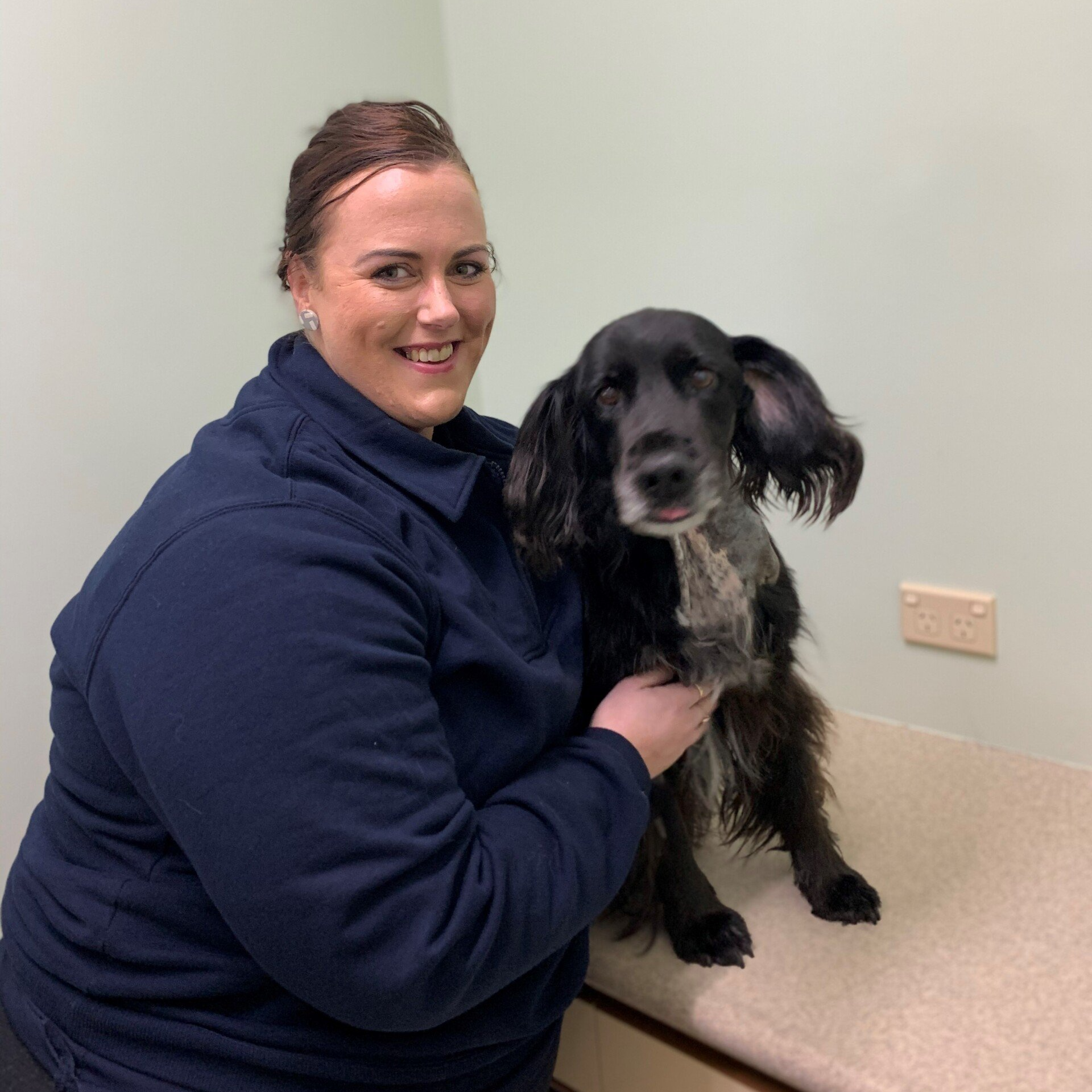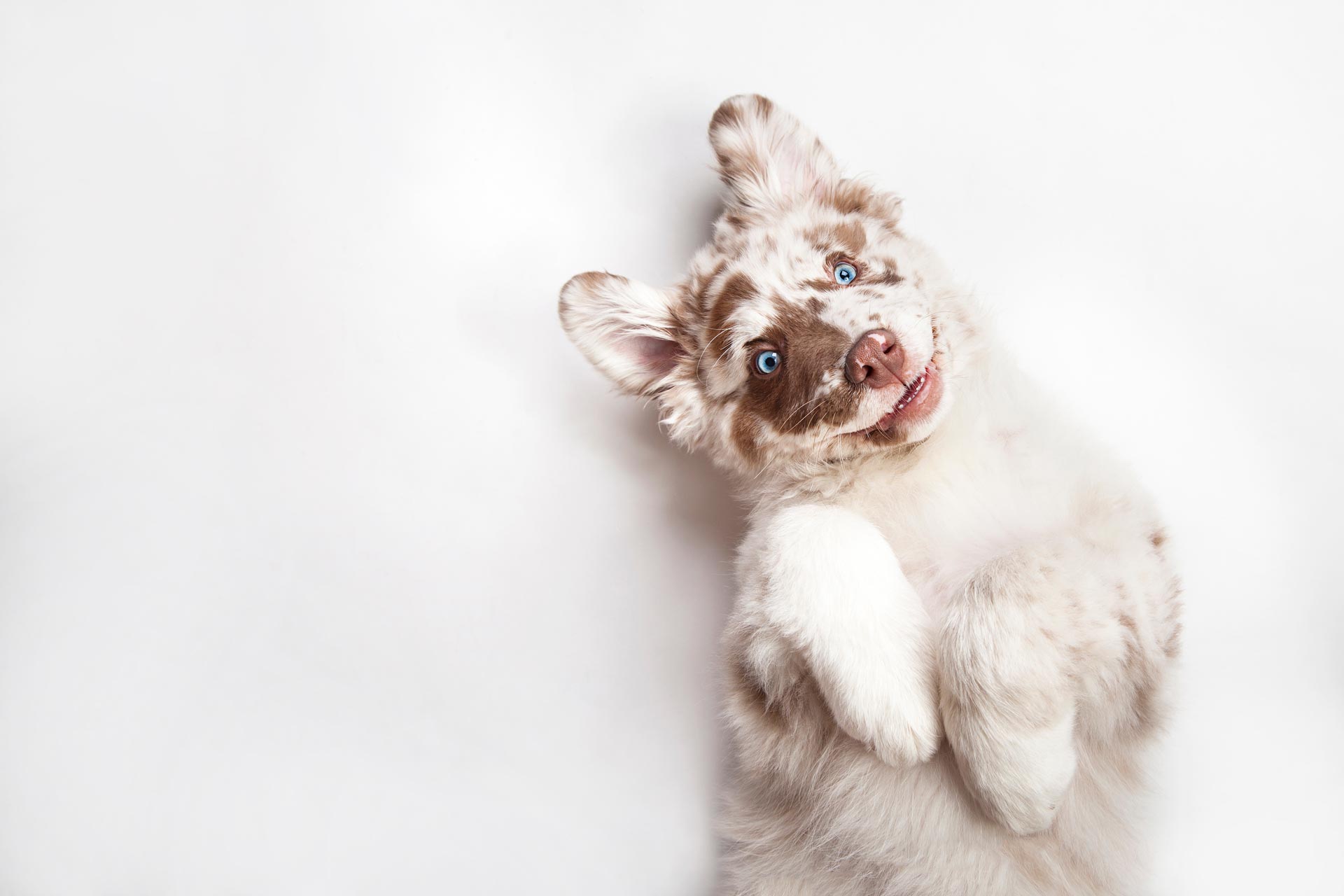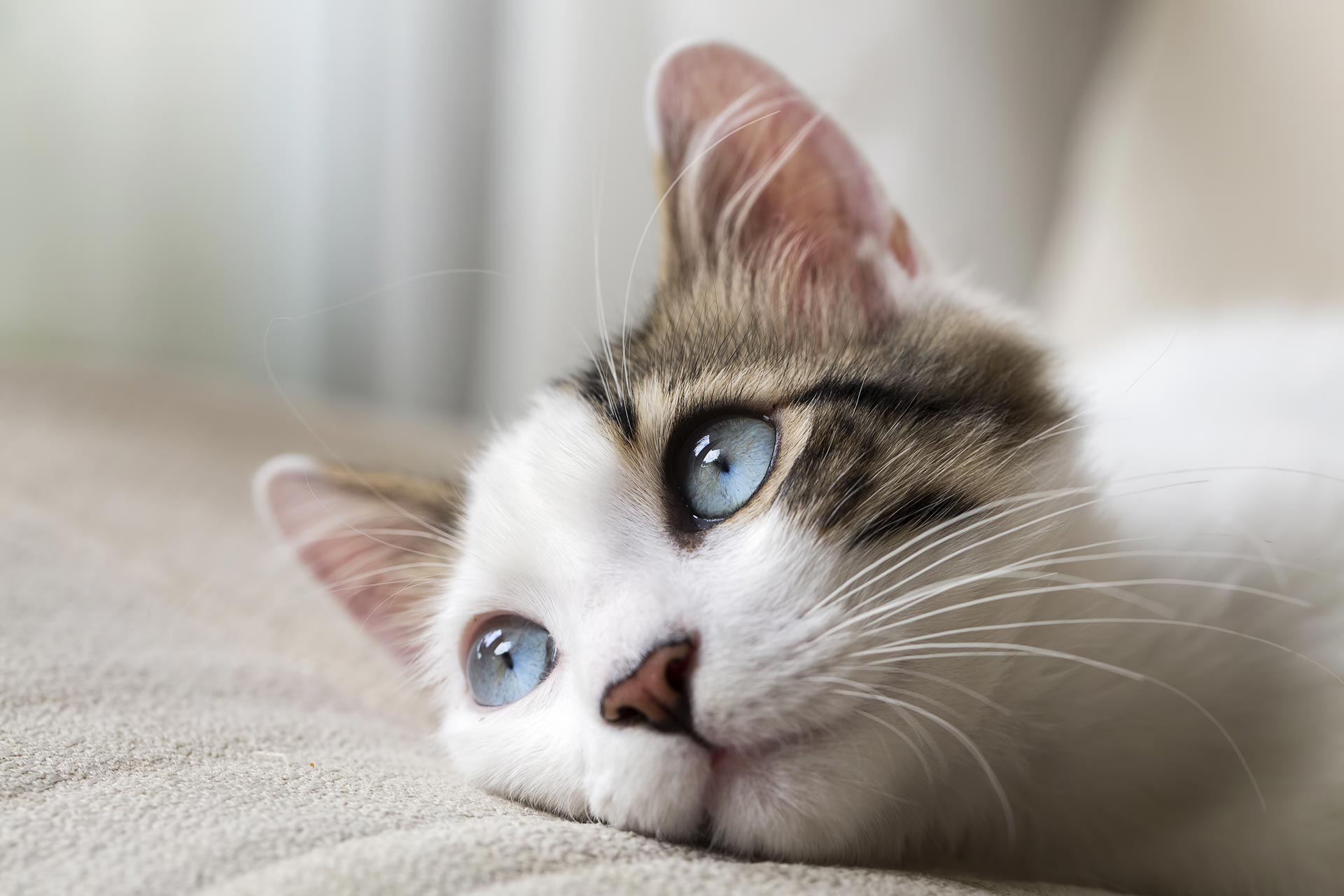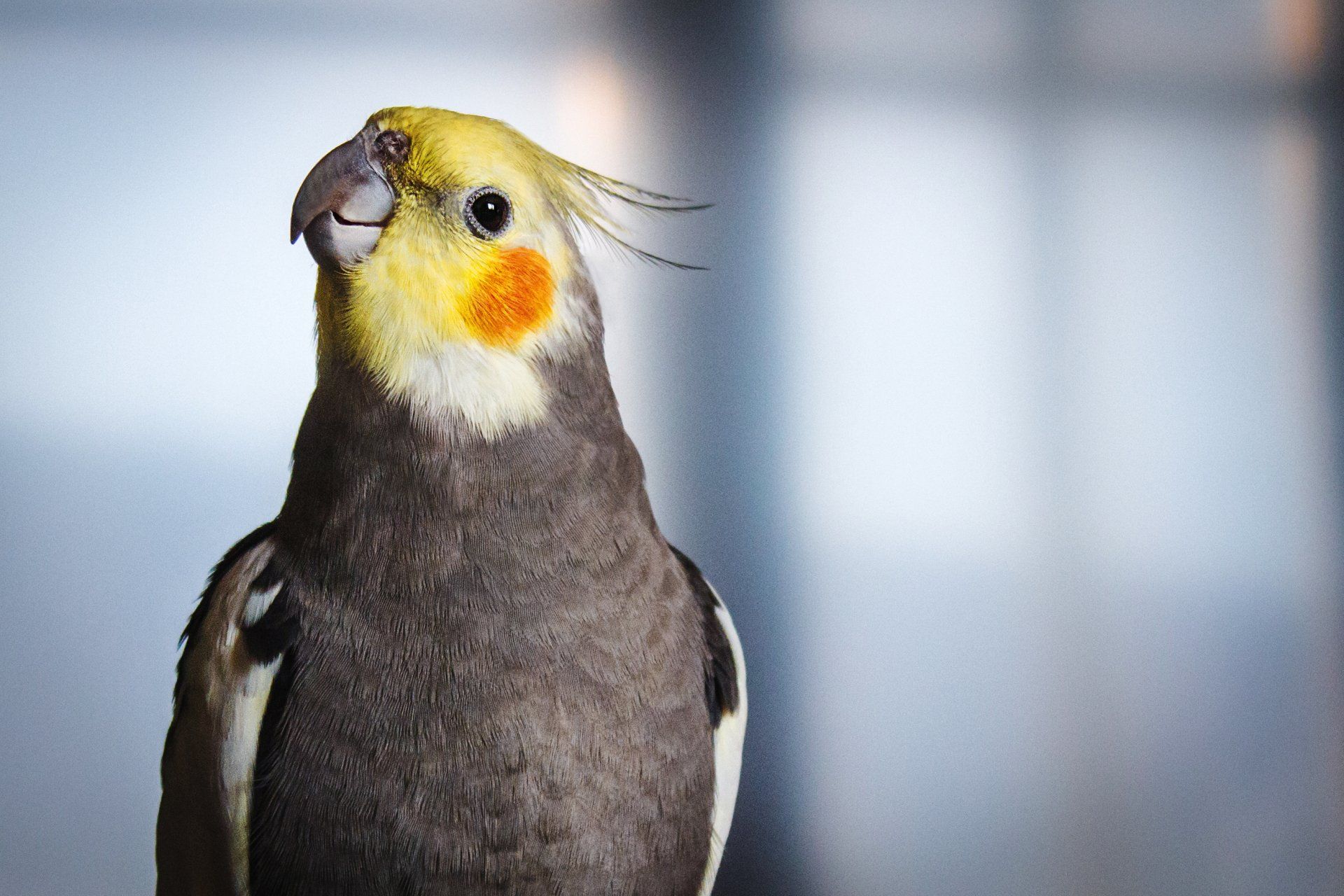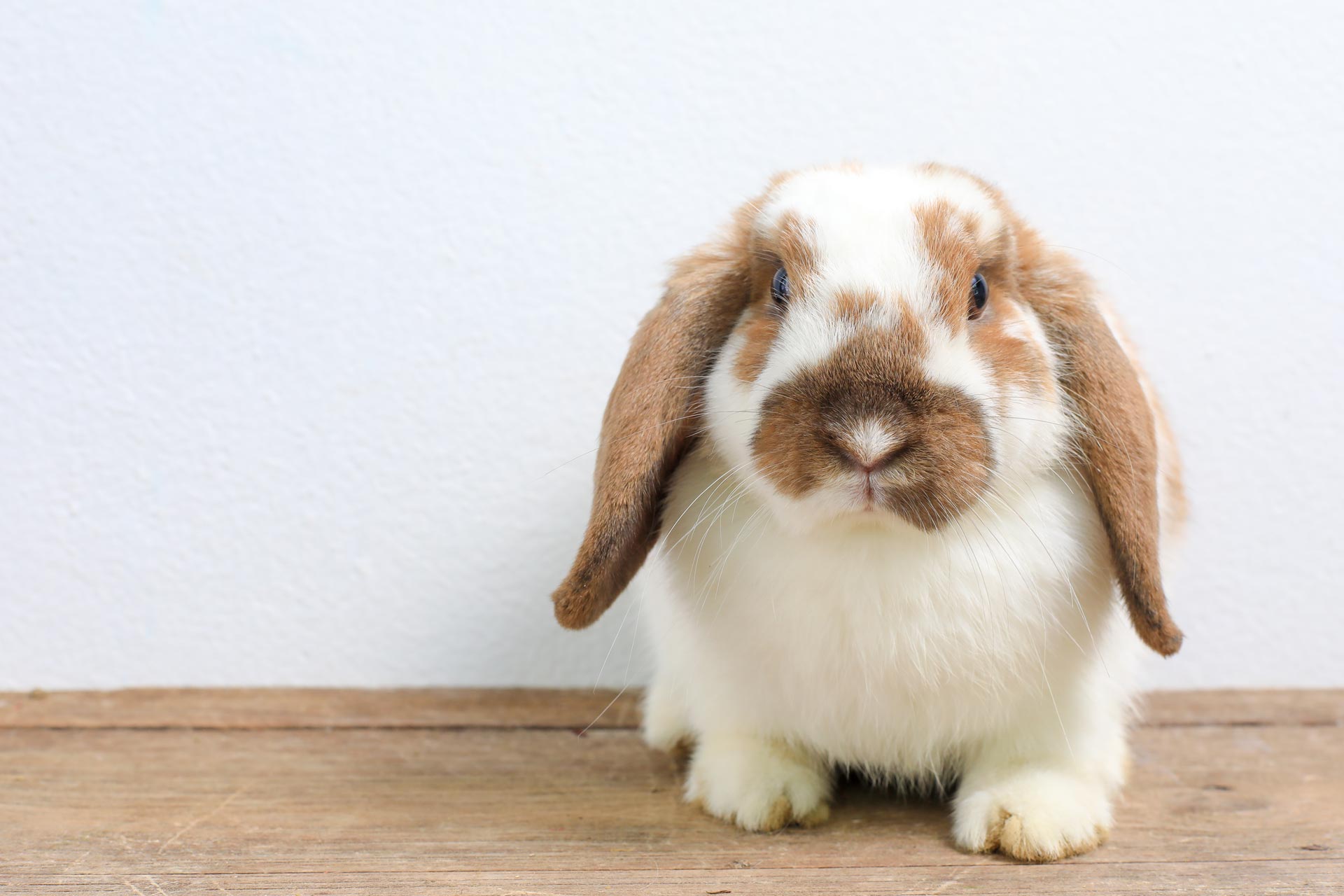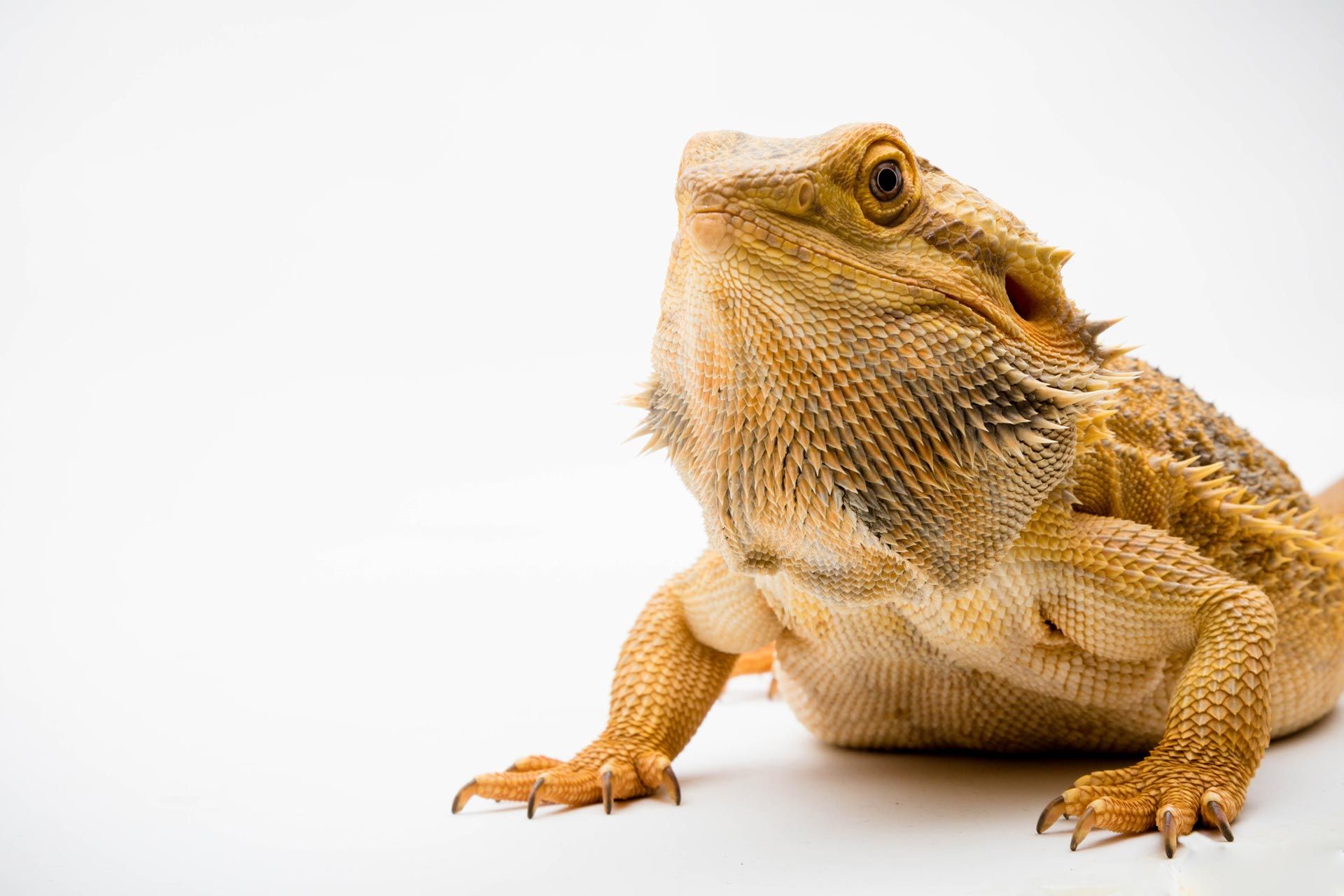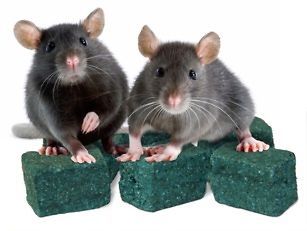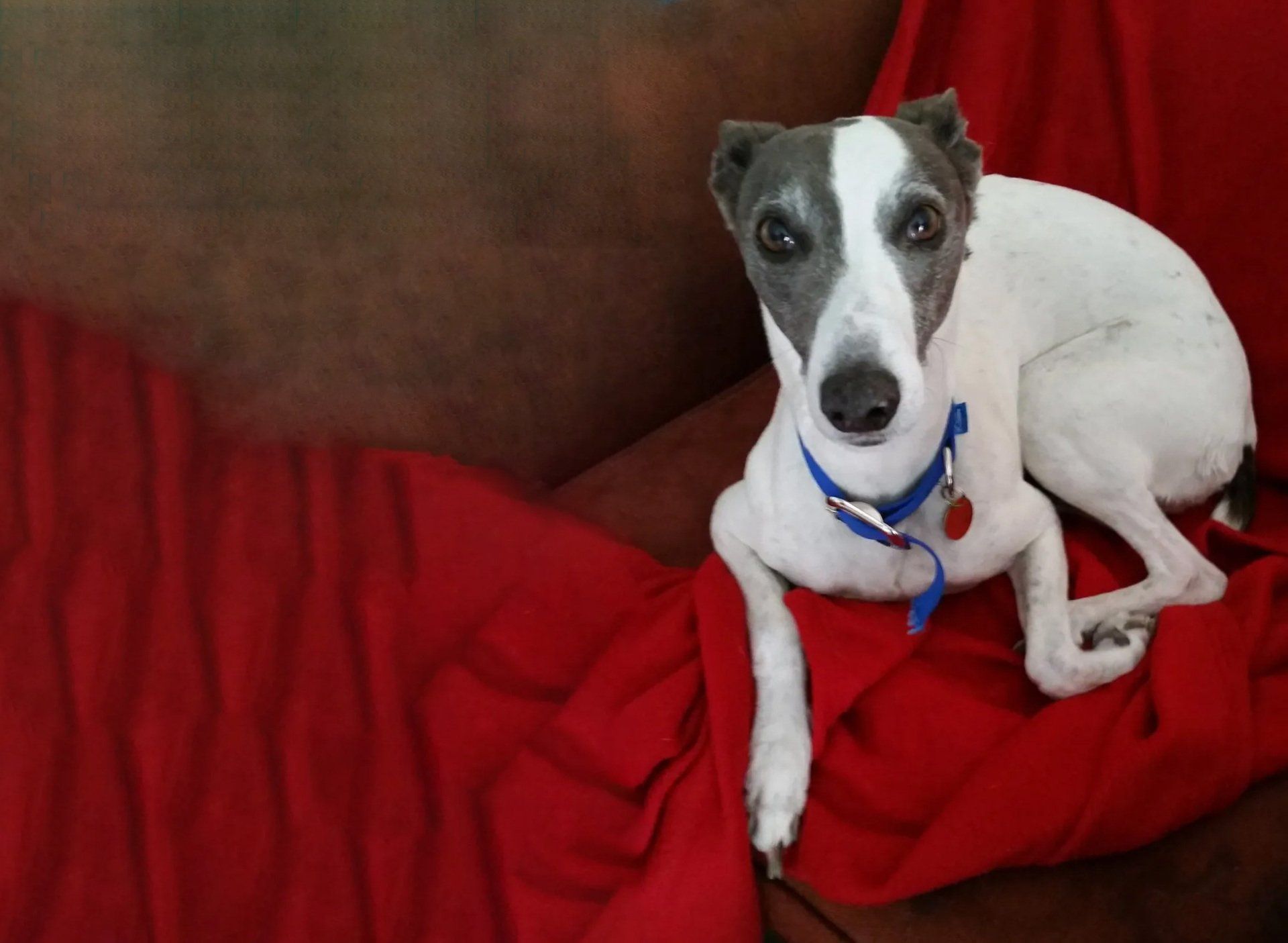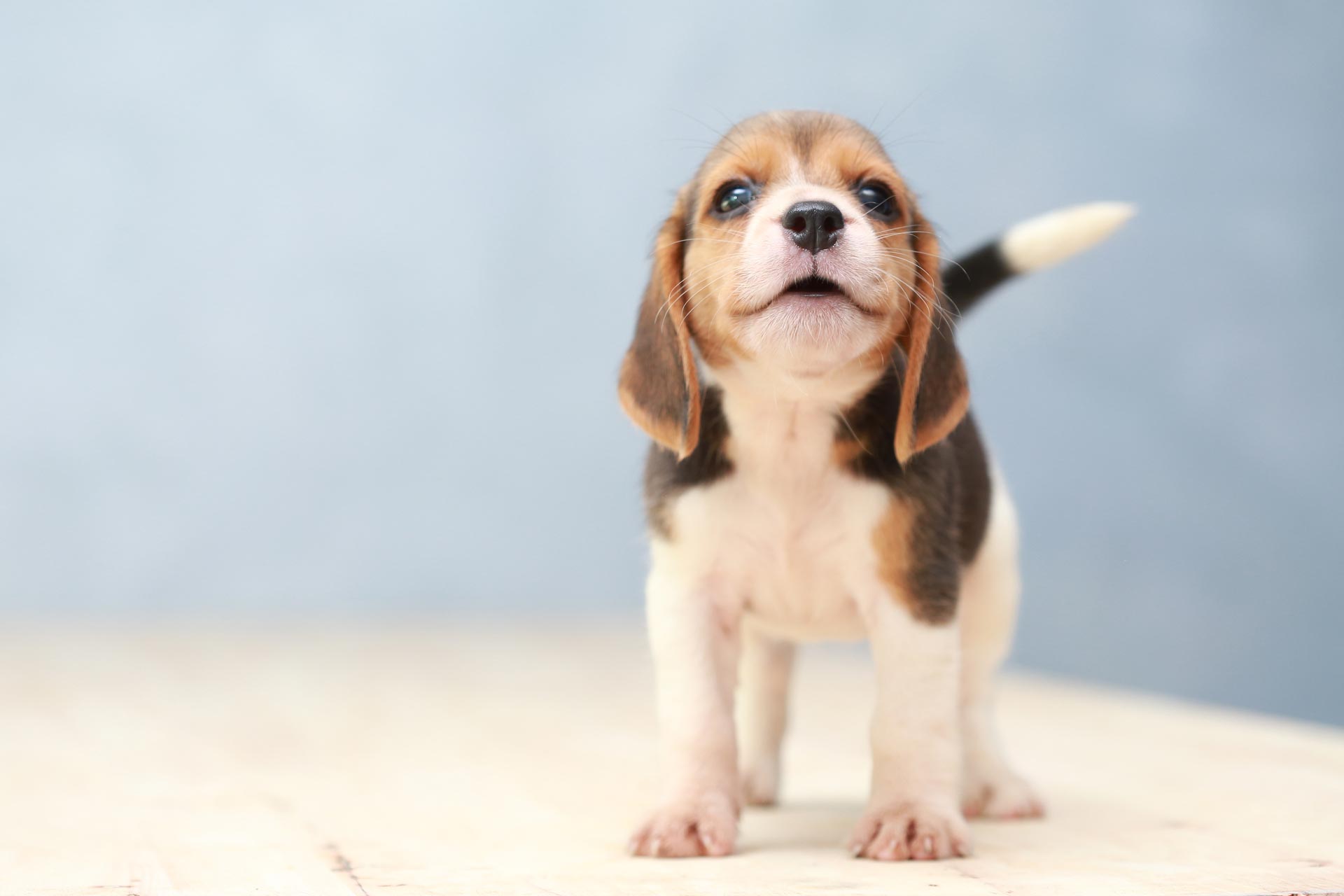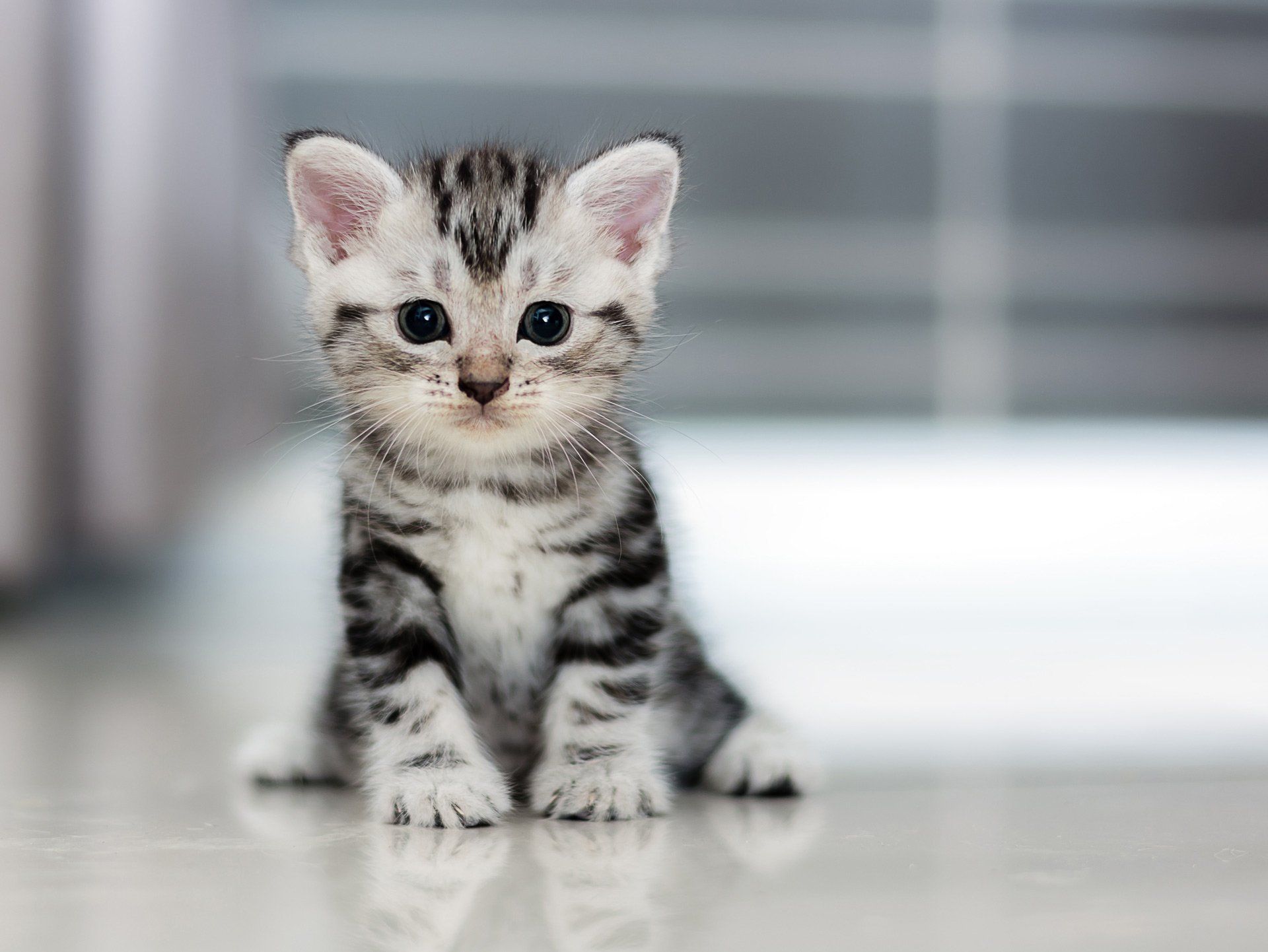OMG, My Pet Has Eaten Rat Bait!
Early treatment is imperative to save your pets life.
Have you seen any yet? I have! Yes, I am talking about those pesky little mice that your cat brings home to you and leaves on your doorstep. The solution to the bigger issue is that people often rely on rat or mice poisons; but did you know that both dogs and cats can be affected by eating rat bait or potentially by ingesting rodents that have consumed rat bait?
There are two major types of rat bait. First generation poisons which contain warfarin, these have a shorter duration of action and in some cases very small amounts ingested over a long period of time can be fatal. Second generation poisons such as Talon and Bromakill (which have active ingredients like brodifacoum) have a longer duration of action and a single dose may prove fatal. Ratsac, Talon and Bromakill are the most common ones we see. They are either blue or green pellets, blocks or granules.
So how does rat poison work? It acts as an anticoagulant, causing haemorrhage by preventing blood from clotting. Rat poisons stop the natural production of clotting factors by the liver, it takes a few days before the body’s reserve of clotting factors are used up and therefore haemorrhaging is usually not seen for 2-4 days after the poison has been ingested.
If you have seen your pet eat rat poison contact us immediately .
Bring the packaging in with you so we know exactly what toxin was ingested by your pet. Most likely we will need to induce vomiting and the drugs we use are much more effective than anything that can be used at home. If it is not possible to get your pet into the vet hospital within a couple of hours of eating the poison the vet may advise some options to try to induce vomiting at home if appropriate.
If your pet has had access to rat poison which you have been unaware of, the signs of intoxication are associated with bleeding and can range from very subtle signs such as being lethargic to frank bleeding from anywhere. Normal everyday movement results in damage to blood vessels at the capillary level. When the body's clotting mechanism is working properly, these microbleeds are repaired immediately without us being aware of it. However, when our clotting system is not working, these minute traumas are not repaired and continue to bleed.
The most common symptoms we see in animals affected by rat poison are:
- lethargy
- pale gums
- coughing or respiratory difficulties (laboured or rapid breathing)
Other less common signs that may occur are :
- stiffness or lameness from bleeding into muscles
- blood in the urine or faeces
- bruising or haemorrhages on the gums
- bleeding from the nose
- continued bleeding from small wounds or cuts
- seizures
- vomiting and or diarrhoea
If your dog or cat shows any of these signs we need to see them as soon as possible as it may be life threatening.
We have special equipment that allows us to test the clotting performance of your pet’s blood and generally takes about 5 minutes to perform. If the result is abnormal; it helps us to make the diagnosis of rat poison intoxication.
Treatment can range from your pet just needing Vitamin K which is a fat soluble vitamin and is the antidote for these type of poisons, it allows the liver to start manufacturing clotting factors again but it does take some time to work. If your pet is severely affected, they may require hospitalisation and a blood or plasma transfusion as well as Vitamin K. If there is bleeding into the chest with severe respiratory difficulty it may be necessary to drain haemorrhaged blood from the chest cavity. Vitamin K treatment continues at home for at least 2-3 weeks and often longer to prevent a relapse. Strict rest is also important. Fortunately, most animals that are given early, appropriate treatment make a full recovery.
So, it is that time of year. Unfortunately we can’t keep our eyes on our pets all day long, but we must make sure that rat poison is completely out of reach and there is no possibility of them eating any, not just at home but anywhere you take them. Remember that rats & mice can often drag baits out of their original positions so there is always a danger to our pets when poisons are used. Just check what may be lying around. We love our pets very much and being over cautious can be the best way to protect them but if you suspect poisoning Contact Us immediately.
